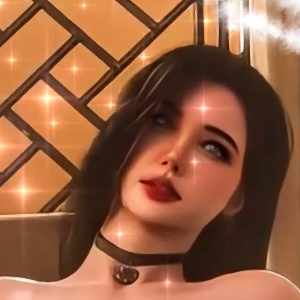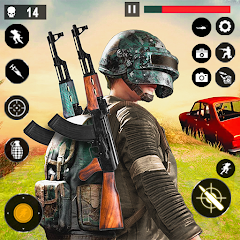Monster Hunter Wilds: Weapon Tuning and Design Philosophy
With each new Monster Hunter installment, players eagerly anticipate experiencing their favorite weapons within the game's unique framework. Monster Hunter Wilds, aiming for a seamless hunting experience, presents significant changes to weapon mechanics and design. To understand the design philosophy behind these changes, IGN spoke with Kaname Fujioka (Art Director and Executive Director, also director of the first Monster Hunter game) and Yuya Tokuda (Wilds Director, involved since Monster Hunter Freedom).
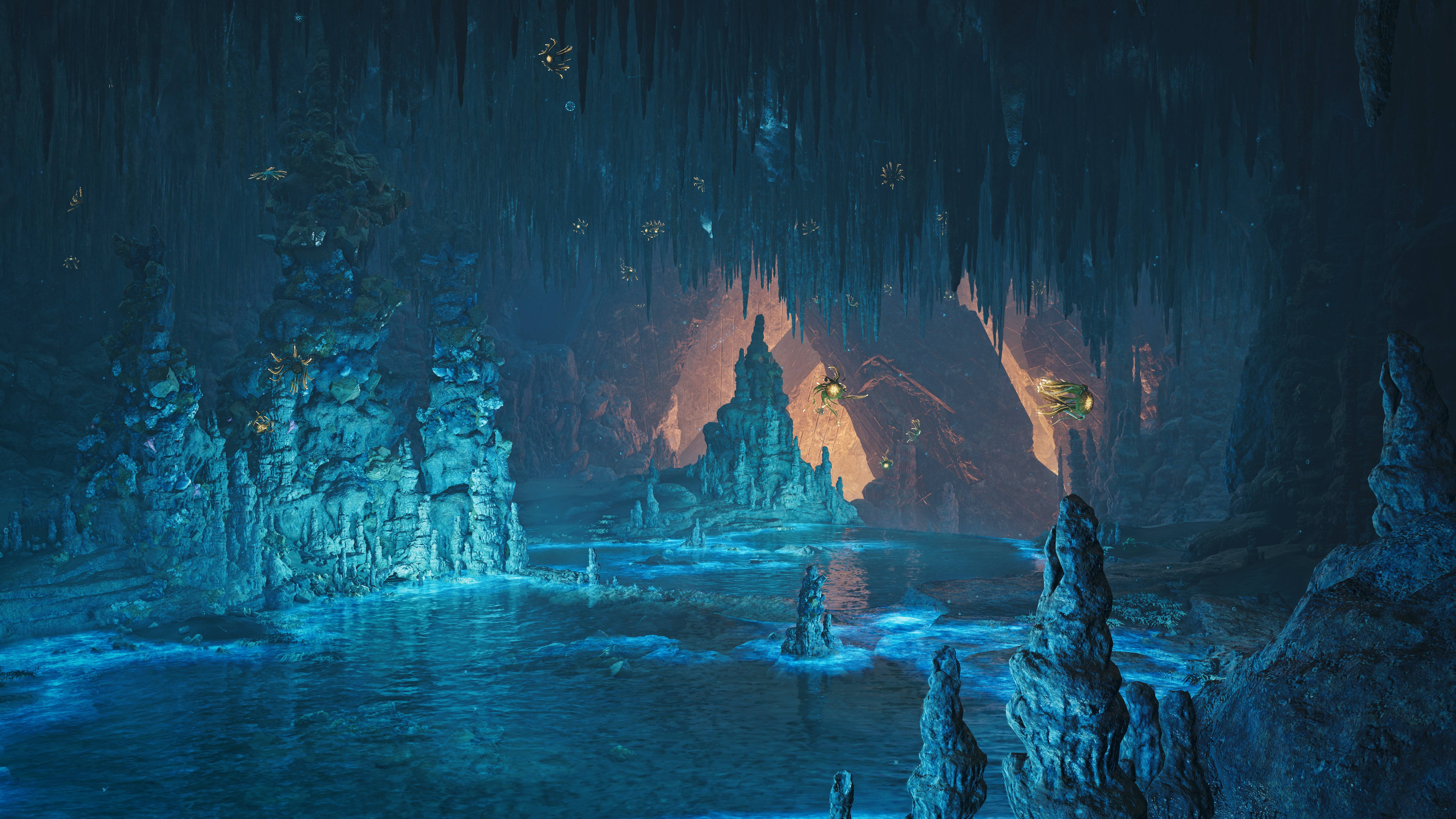
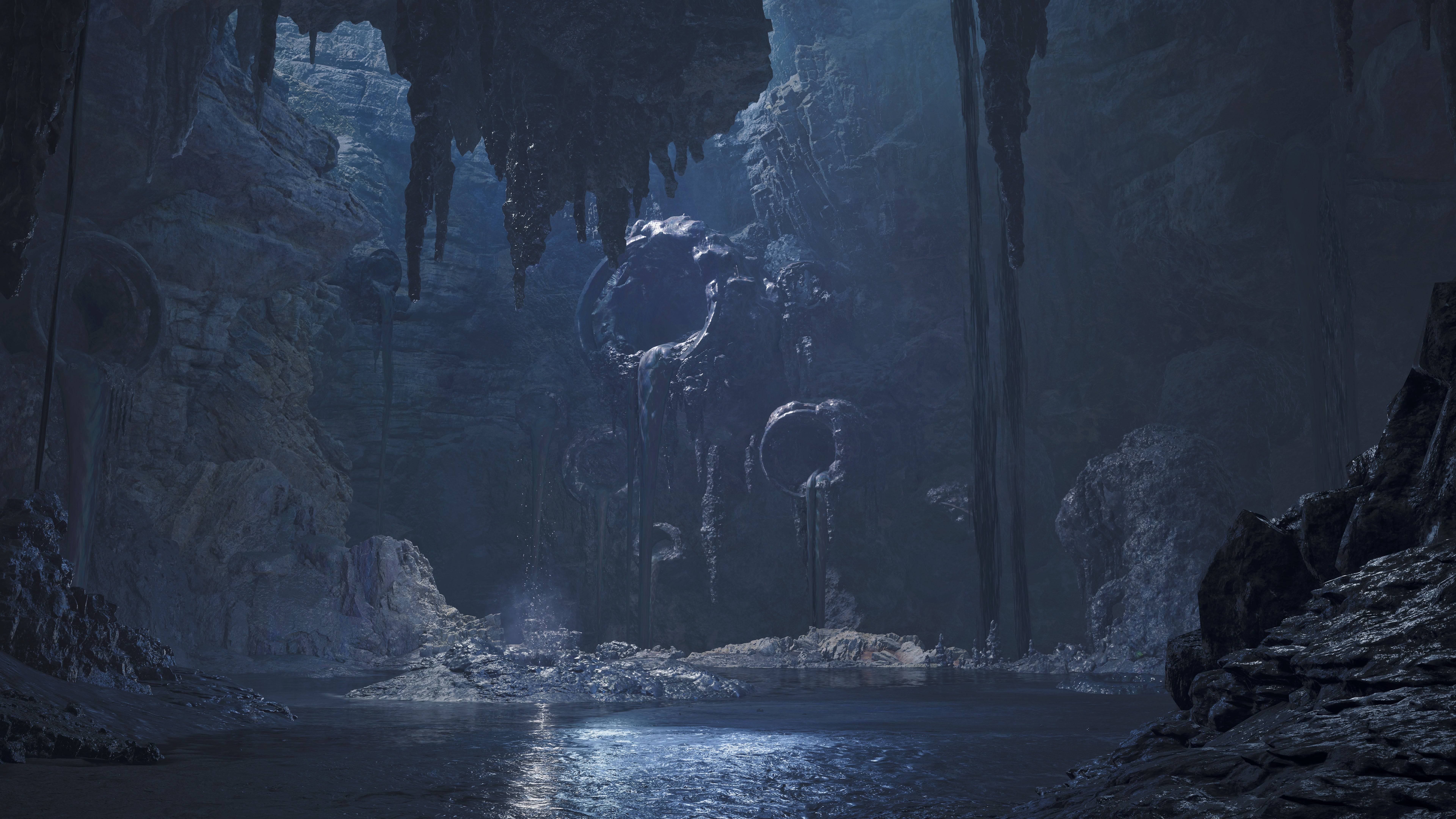
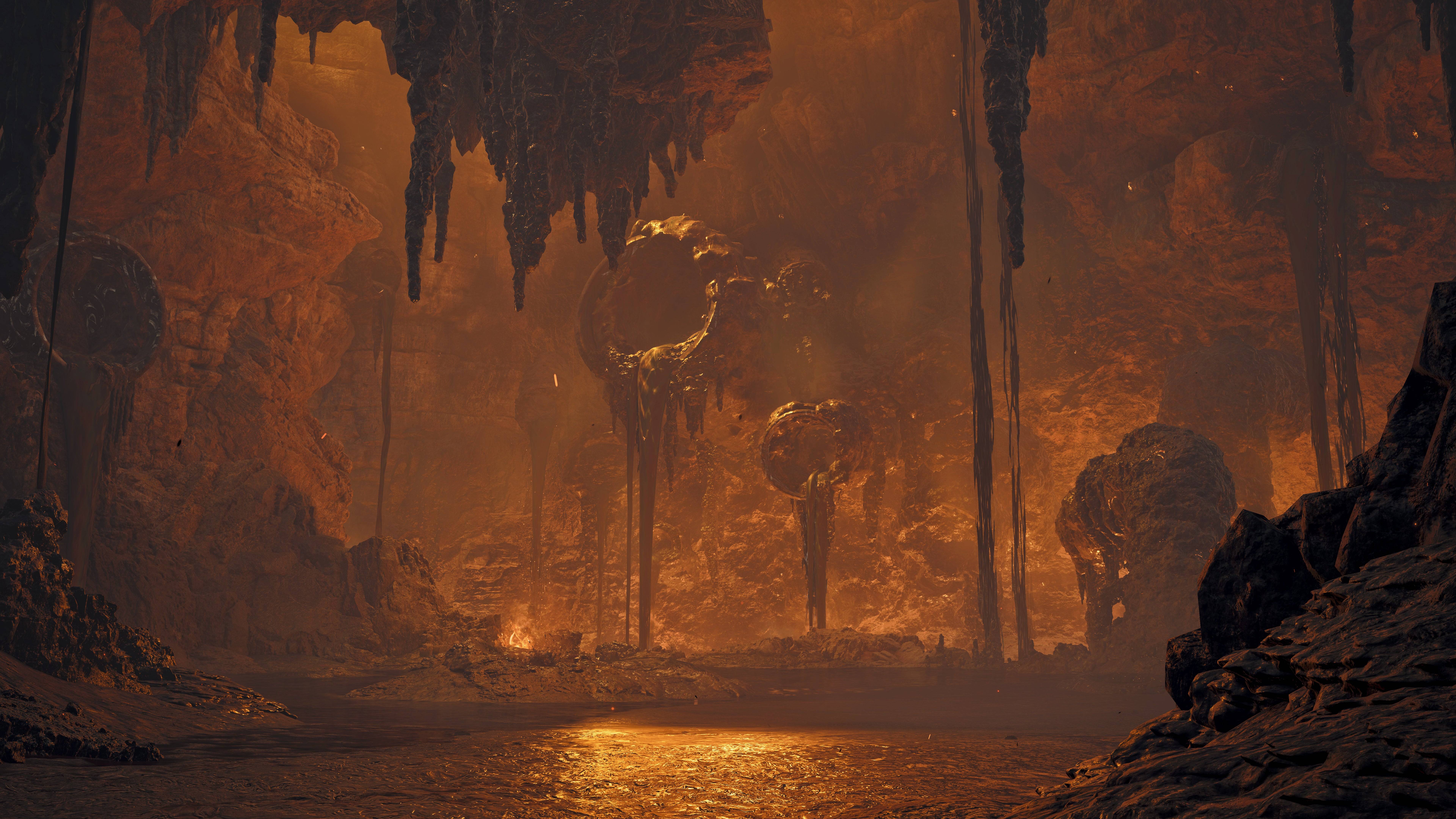
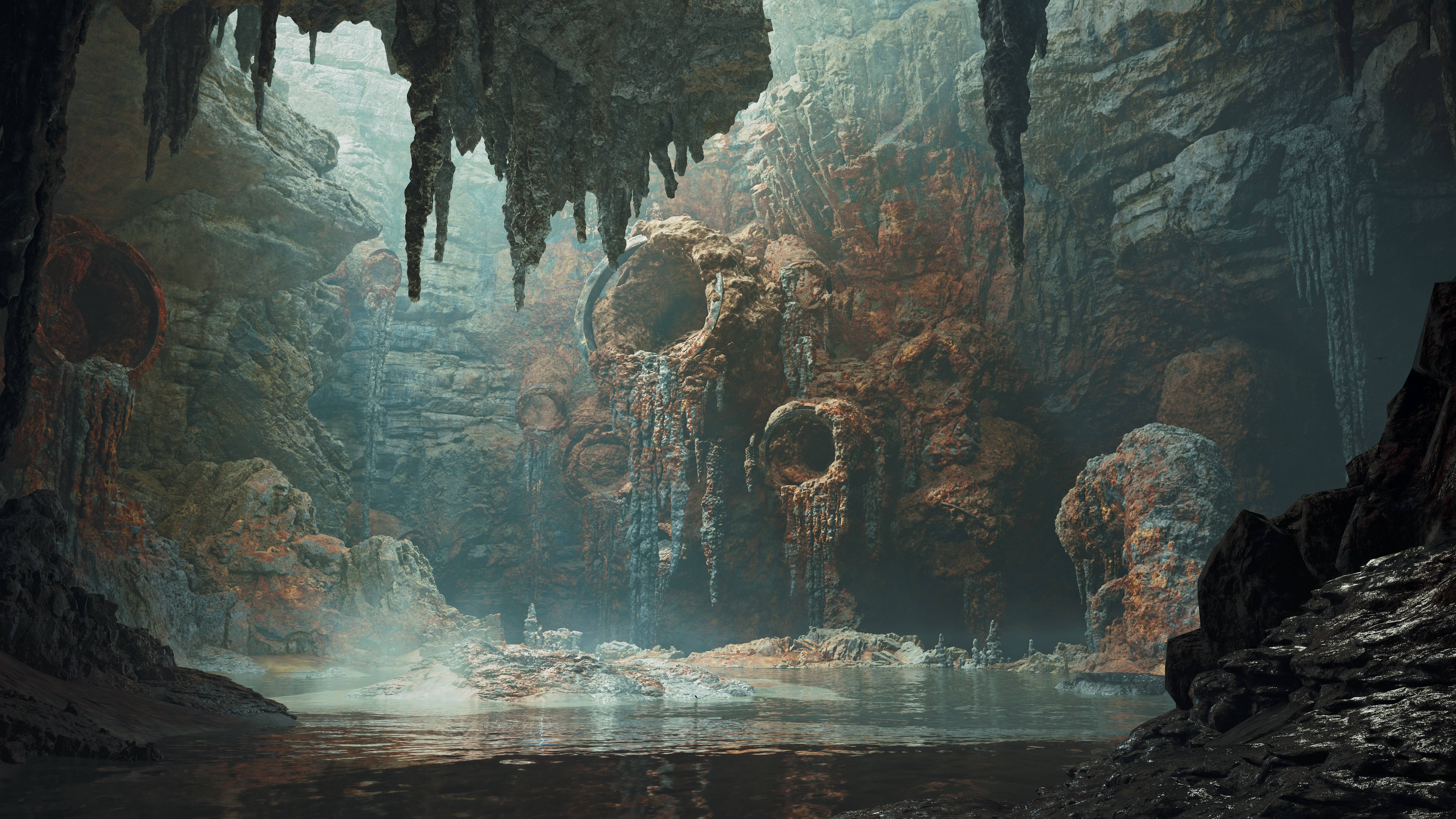
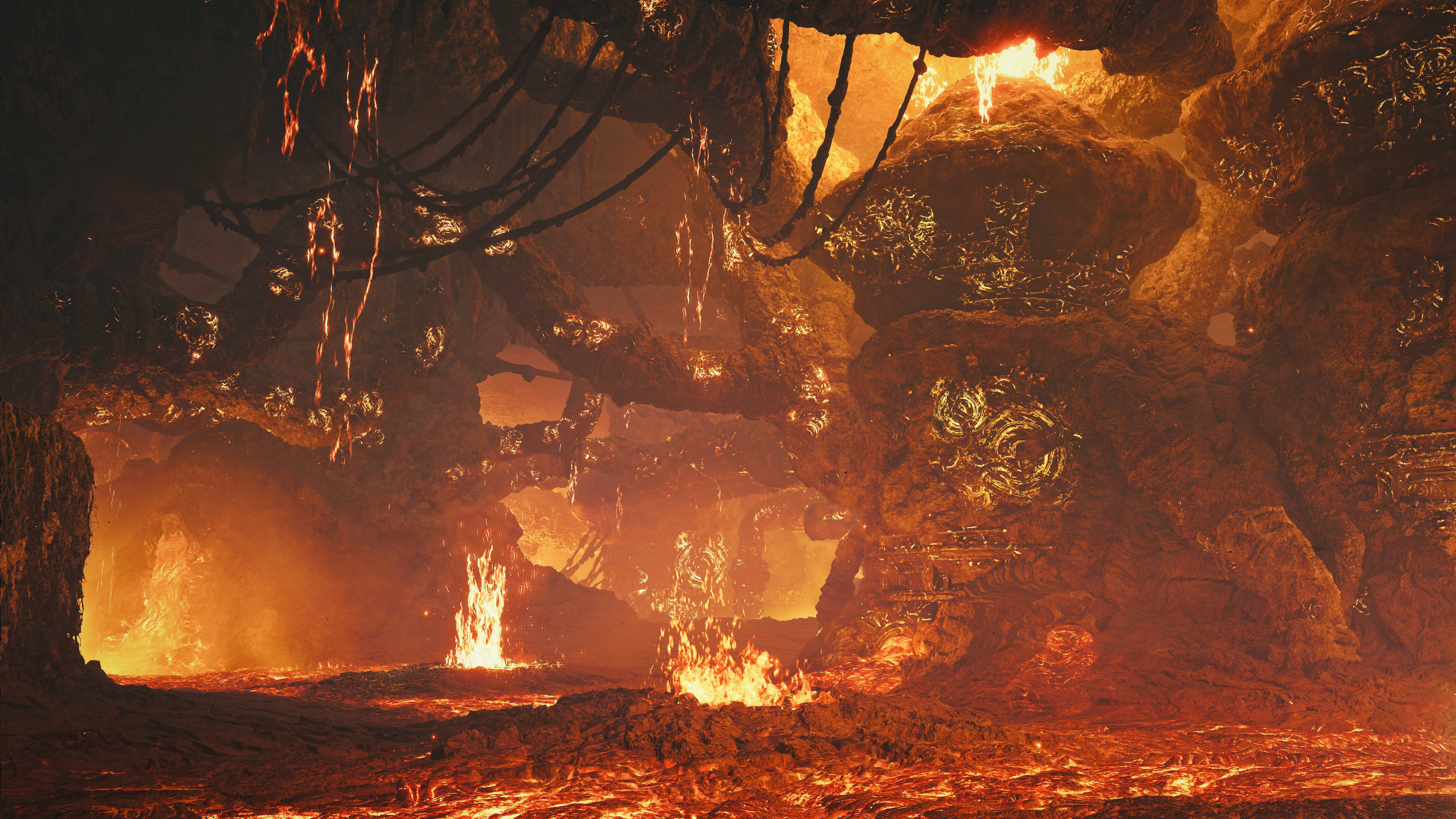
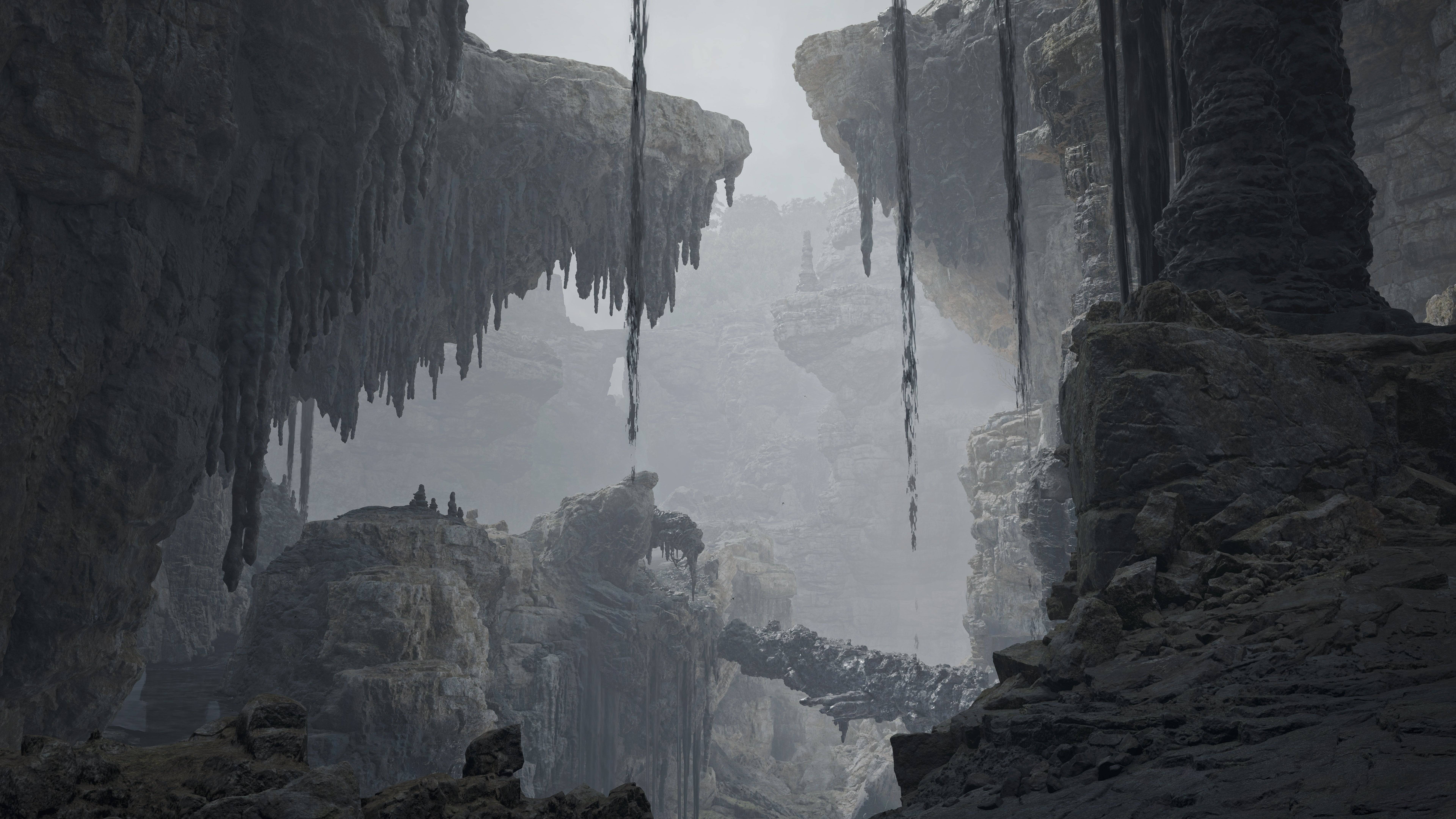
Seamless Hunting and Weapon Adjustments:
The seamless map and dynamic weather in Wilds necessitated significant weapon adjustments. Tokuda highlights substantial changes to the Light and Heavy Bowguns, and the Bow, primarily addressing ammo management. To alleviate the burden of constant restocking, basic ammo types are now unlimited, balanced around gauge management. However, crafting powerful, attribute-based ammo using gathered materials remains a strategic element.
Visual Enhancements and Natural Gameplay:
Fujioka emphasizes the visual improvements, showcasing the charging animations of Bowguns and the overall fluidity of weapon transitions. Technological advancements enabled more detailed animations, impacting gameplay by allowing actions like healing while moving. The new Focus Mode, allowing directional movement during attacks, further enhances the seamless experience.
Focus Strikes and Wound System:
Wilds introduces Focus Strikes, powerful attacks performed in Focus Mode on wounded monsters. While visually distinct for each weapon type, the damage output is standardized to avoid extreme imbalances. The wound system itself, created through accumulated damage, adds a strategic layer to combat, offering new opportunities for significant damage but also introducing the concept of scarring, limiting repeated wounding of the same area. Environmental factors and monster interactions can also create pre-existing wounds, adding unexpected variables to hunts.
Monster Health and Playtime:
To maintain appropriate playtime and player satisfaction, monster health is slightly higher than in World, alongside increased flinch resistance. However, Focus Mode is designed to make hunts feel more concentrated and rewarding.
Weapon Development Process:
Tokuda explains that weapon development involves a team of six planners focused on player experience, collaborating with artists and animators. The Great Sword serves as a prototype, its development informing the design of other weapons.
Great Sword's Influence:
The Great Sword's design plays a central role in shaping the overall weapon tempo. Its deliberate, weighty feel provides a baseline against which faster weapons are balanced. The team aims to create a Monster Hunter feel by carefully tuning both weapon speeds and monster movements.
Weapon Uniqueness and Balance:
The developers prioritize unique weapon characteristics over complete balance. While acknowledging the existence of top-tier weapons, they strive to ensure that all weapons, with enough skill and practice, can be effective. The ability to carry two weapons further enhances strategic versatility.
Decoration and Skill System:
The decoration system in Wilds is similar to World's, with specific skills activated via weapon or armor slots. However, the addition of alchemy allows for crafting single-skill decorations, eliminating the frustration of skill acquisition.
Developer Preferences and Open Beta Feedback:
Tokuda prefers long-range weapons and the adaptable Sword and Shield, while Fujioka is a dedicated Lance user. The open beta revealed significant feedback, particularly regarding the Lance, which didn't meet its intended design goals. Substantial improvements are underway for the release version.
The developers' commitment to player feedback, coupled with their extensive experience and passion for the game, ensures that Monster Hunter Wilds strives to deliver an exceptional hunting experience for all players.



